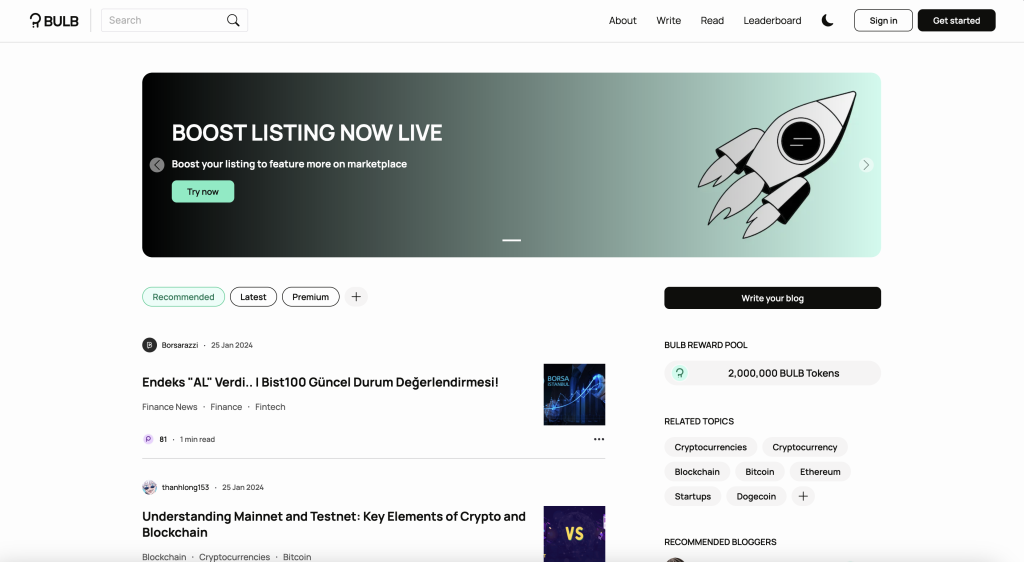The digital world is constantly evolving, and with the advent of Web3, a new era of blogging platforms has emerged. Web3-native blogging platforms offer unique features that integrate blockchain technology, offering creators new ways to engage with their audiences and monetize their content. In this article, we’ll explore four prominent platforms: Mirror, Sigle, Paragraph and Bulb, highlighting their features, pros and cons, and best use cases. We will also touch upon any other notable platforms that have made an impact in this space.
Mirror

Overview
Mirror stands out as a Web3 blogging platform that combines traditional writing with blockchain’s innovative features. It’s not just a blogging space; it’s a community-driven platform that allows writers to monetize their content through Ethereum-based cryptocurrencies and NFTs (Non-Fungible Tokens).
Pros
- Monetization: Writers can earn directly through cryptocurrencies and NFTs.
- Community Governance: Token holders get a say in the platform’s development.
- Decentralization: Content is stored on the blockchain, ensuring permanence and resistance to censorship.
Cons
- Complexity: The use of blockchain technology might be intimidating for non-tech-savvy users.
- Ethereum Fees: Transactions on the Ethereum network can have high fees, though the default for minting NFTs is now Optimism. However, bridging from Ethereum to Optimism brings us back to the complexity point.
Best Use Cases
Mirror is ideal for writers who are already familiar with cryptocurrencies and blockchain technology. It’s well-suited for publishing unique, high-value content that readers are willing to pay for, such as in-depth analyses, exclusive reports, or creative works.
Sigle

Overview
Sigle is a decentralized blogging platform that prioritizes user privacy and ownership. It utilizes blockchain technology to give content creators full control over their data and earnings, specifically offering to stories on IPFS, or the Bitcoin blockchain through Ordinals.
Pros
- Data Ownership: Users have complete control over their content and data.
- Privacy-Focused: Enhanced privacy features compared to traditional platforms.
- Simple Monetization: Integrated options for earning through content without the complexity of NFTs.
Cons
- Limited Audience: Being a niche platform, it may not have as wide an audience as mainstream blogging sites.
- Learning Curve: Some learning is required to understand blockchain-based content management.
Best Use Cases
Sigle is best for bloggers who prioritize data privacy and ownership. It’s suitable for personal blogs, thought leadership articles, and anyone looking to build a dedicated readership in a more secure and private environment.
Paragraph

Overview
Paragraph is a Web3 blogging platform focusing on simplicity and ease of use. It integrates cryptocurrency payments and a token-based economy without overwhelming the user with technical jargon.
Pros
- User-Friendly: More accessible for those new to Web3 and blockchain.
- Integrated Cryptocurrency Payments: Simplifies the process of receiving payments in crypto.
- Community Engagement: Features that foster reader engagement and community building.
Cons
- Limited Blockchain Features: May not offer the full spectrum of Web3 capabilities.
- Dependence on Crypto Market: Earnings and operations are influenced by the volatile cryptocurrency market.
Best Use Cases
Paragraph is great for bloggers transitioning from traditional platforms to Web3. It suits general blogging, lifestyle content, and creators looking to experiment with crypto payments in a more familiar environment.
Bulb

Overview
Bulb is a unique platform in the sphere of Web3 blogging, offering a distinctive blend of features for its users.
Pros
- Engagement Incentives: Pioneering approach to the Write-to-Earn and Read-to-Earn model.
- Points and Tokens: Accumulated through writing, reading, reacting, sharing, and commenting allowing users to access premium content, boost posts, and even mint articles as NFTs on Solana, offering a new way to monetize content and ideas.
Cons
- It’s Slow: Our attempts to visit and interact with Bulb have offered slow website response times which could be very frustrating for users of the platform.
- Learning Curve: The platform’s reliance on the Solana blockchain and the Web3 model may present a learning curve for users unfamiliar with blockchain technology or cryptocurrency. – **Unintended Consequences**: The platform’s reward system, while innovative, could potentially lead to a focus on quantity over quality of content, as users might be incentivized to engage more for earning purposes rather than genuine interest or content value.
Best Use Cases
Bulb cryptocurrency enthusiasts and blockchain users as it gives them a platform that’s familiar to others, but has a real use case for the blockchain. Content creators, especially those in the digital space, may find bulbapp.io appealing due to its unique monetization model. Writers who are looking to experiment with new forms of earning from their content, such as through Write-to-Earn mechanisms, might find this platform particularly beneficial.
Other Notable Platforms
Substack with Crypto Payments
Substack recently introduced cryptocurrency payments, blending a popular traditional blogging platform with Web3 payment features. This is ideal for writers who want to maintain a conventional blog while exploring crypto-based earnings.
Ghost with Web3 Integrations
Ghost, an open-source blogging platform, has started integrating Web3 features. It’s a good option for tech-savvy writers who want to customize their blogging experience and integrate blockchain features.
Conclusion
Web3-native blogging platforms offer an exciting new world for content creators, blending the art of writing with the innovation of blockchain technology. Whether it’s the community-driven approach of Mirror, the privacy focus of Sigle, the user-friendly nature of Paragraph, or Bulbapp’s write-to-earn and read-to-earn models, each platform caters to different needs and preferences. As this space continues to evolve, we can expect more platforms to emerge, each offering unique features and opportunities for writers and creators in the Web3 ecosystem.
